Swiss aviation pioneer brings electric flights into present
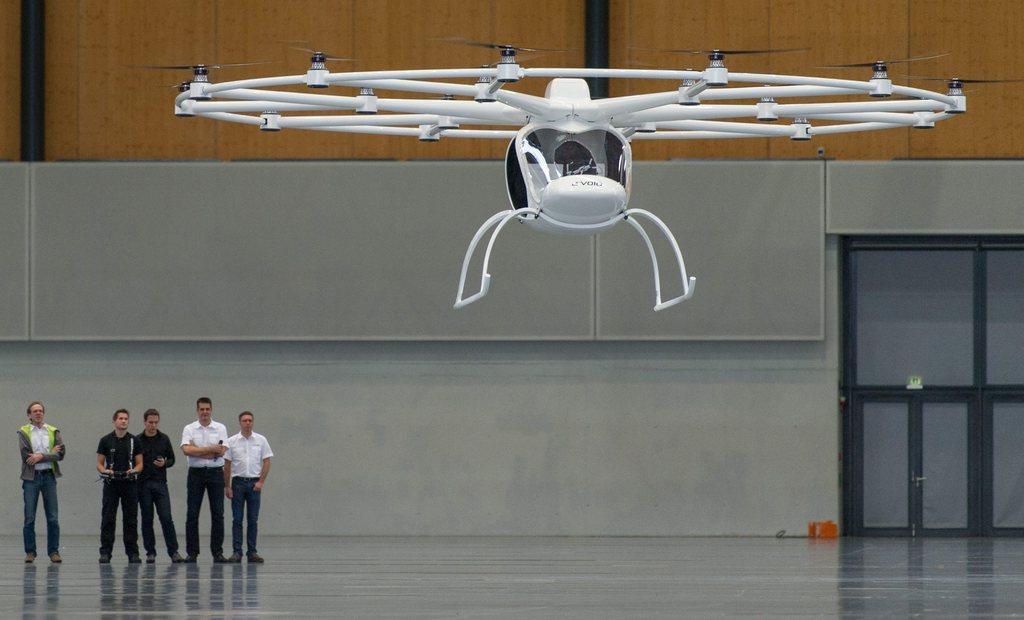
Tiny all-electric planes that can take off and land vertically - this sci-fi future is not that far away, and Solar Impulse pilot and co-founder André Borschberg wants a slice of the action. His electric plane start-up is one of dozens of firms worldwide hoping to make electric aviation a reality.
Nine months after touching down from his round-the-world solar-electric flight, Borschberg is on a new mission.
“I’m convinced that we are at a turning point in the world of aviation,” he tells swissinfo.ch excitedly.
The Swiss pilot is returning to the skies with H55External link (formerly Hangar 55), a small team of aviation specialists and aEro1, their experimental electric aerobatic plane (see video below). The company he co-founded is betting on a green aviation future (see infobox) and is currently testing the plane at Sion AirportExternal link in the Rhone valley.
Borschberg and H55’s long-term aim is to build on their unique Solar ImpulseExternal link expertise to develop electric propulsion technologies – from the energy power source to the pilot interface and control systems – which others can integrate into their aircraft.
“We are now at the stage where we are seeing new technologies changing the world of aviation. It’s extremely exciting,” he declares.
“Electric motors are highly efficient and lighter. They are also cost-efficient and considerably less expensive to operate than the traditional combustion-engine aircraft. And all this with less noise and a much-reduced environmental footprint.”
In the future, electric planes should be able to take off vertically with little noise and be less dependent on large airports, he explains.
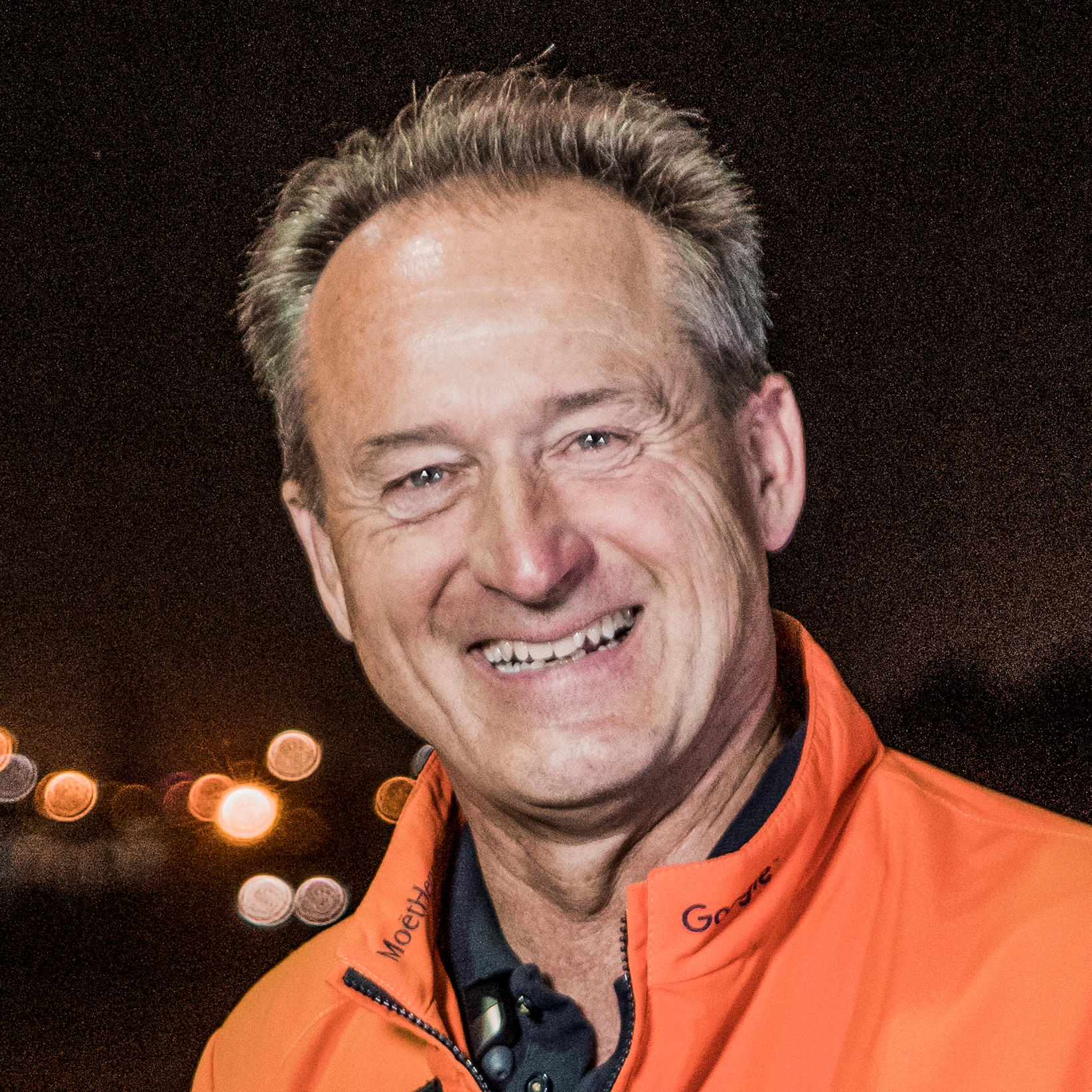
From NASA to Uber
Electric planes have been dreamed about for years. However, recent advances, particularly in batteries and electric propulsion, have made these possibilities far more realistic. H55 joins dozens of other firms around the world, including major players such as Rolls Royce and newcomers like Silicon Valley’s Uber, which have caught the electric aviation bug.
Last year, Rolls Royce Chief Executive Officer Warren East told the Daily TelegraphExternal link newspaper that there was ‘a race on’ to replace jet engines by electric propulsion. His firm is gearing up fast: “We need to be ready by 2020 because people are talking about entry into service by 2030.”
In 2014, Airbus unveiled the prototype E-FanExternal link, an all-electric, lithium-battery-powered two-seater plane. It recently announced it was dropping plans to produce the E-Fan in favour of a hybrid-electric regional jet that could fly within the next three years. Boeing, JetBlue Airways and NASA are also investing heavily in hybrid-electric jets.External link
Borschberg’s Solar Impulse partner Bertrand Piccard is totally on board with this vision.
“I’m sure that within the next ten years we’ll see electric planes carrying 50 passengers on short- to medium-haul flights,” he declared last yearExternal link after Solar Impulse completed its round-the-world voyage.
In April, Uber surprised many when it announced it was aiming for the skies with a flying taxis concept External link– small, electric aircraft that take off and land vertically, or VTOLs, with zero emissions and quiet enough to operate in cities.
AEro1 is Borschberg’s first step towards this VTOL, high-speed electric-powered future. H55’s tiny one-seater demonstrator plane is very different from Solar Impulse 2, a huge solar electric-powered plane with the wingspan of a Boeing 747.
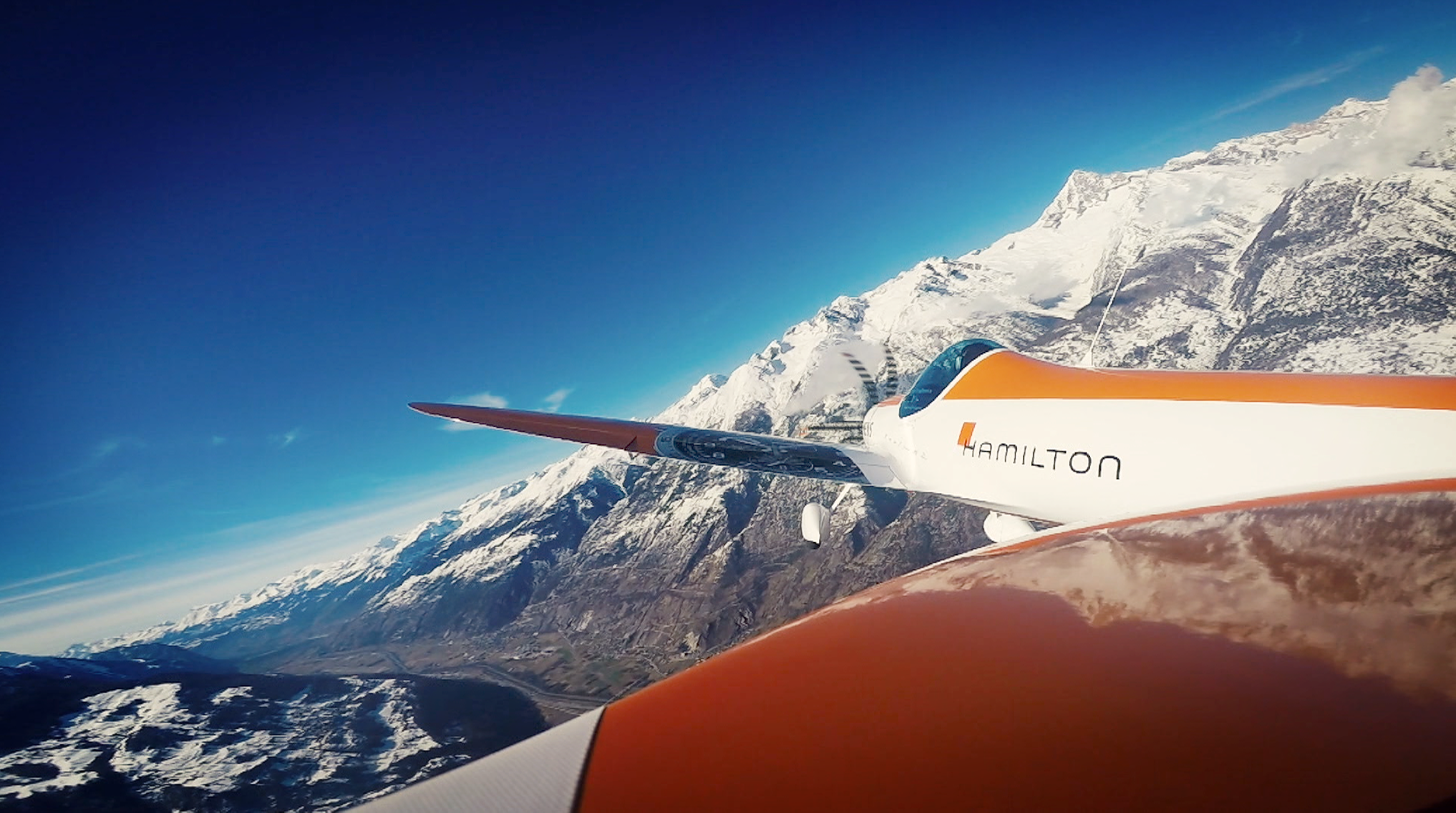
More
H55 electric demonstrator plane
Aero1 has no solar panels and looks like a standard one-seater aerobatic aircraft.
“But it’s great fun to fly and there is almost no maintenance. You don’t have to regularly check the oil, fuel or electric engines,” Borschberg explains. “You just flick the main switch on and the engine starts turning immediately. You don’t need to wait. You get on the runway and you can take off. There is a faster, stronger torque and it’s silent like a glider.
While Solar Impulse could stay up in the air for days – Borschberg holds the record for the longest-ever solo flight in any aircraft of 117 hours and 52 minutes – aEro1 has so far flown for a total of 50 hours, but with a battery that lasts just one hour.
Batteries may be becoming lighter and more efficient, but their capacities are still holding back development.
The other limitation is time, Borschberg acknowledges.
“We can’t do everthing today. We’ve got to start slowly,” says the Swiss pilot.
Up close, the aEro1 may not look very revolutionary, but what gives Borschberg and his team an obvious headstart is their Solar Impulse experience in building, flying and certifying a futuristic plane with new technologies.
“With Solar Impulse we had to certify a plane that could fly over big cities and which met system safety analysis procedures to make sure nothing could possibly result in a disaster,” he explains.
The five-man team has big goals but is starting small using established aerodynamics and working out the electric propulsion system before moving onwards and upwards.
After fine-tuning the aEro1, they plan to work on an electric propulsion system for a two-seater, which should be ready next year, and then move on to even larger aircraft.
The regional airport in Sion in canton Valais, where H55 is being tested, is betting on electric aviation and other greener technologies. The small airport, which is due to switch from a military to civil aviation facility in 2020, is seeking to position itself as a hub for eco-friendly flying and winter tourism.
It recently presented its “Green Fly” project, which aims to bring together firms and start-ups specializing in environmentally friendly aviation technologies, with the longer-term goal of reducing the environmental impact of flights.
“As well as boosting local tourism via charter connections or business flights, we also believe it’s important to develop new green aviation technologies,” Sion Airport Director Aline Bovier told reporters at a recent press event. “We have infrastructure that is well suited for such research. And numerous experimental test flights can be carried out here.”
The University of Applied Sciences in Western Switzerland (HES-SO)External link and the Sion branch of the Lausanne Federal Institute of Technology (EFPL)External link, which both have expertise in energy and battery research, are closely involved in the airport initiative and assisting the airport with its green business plan.

In compliance with the JTI standards
More: SWI swissinfo.ch certified by the Journalism Trust Initiative

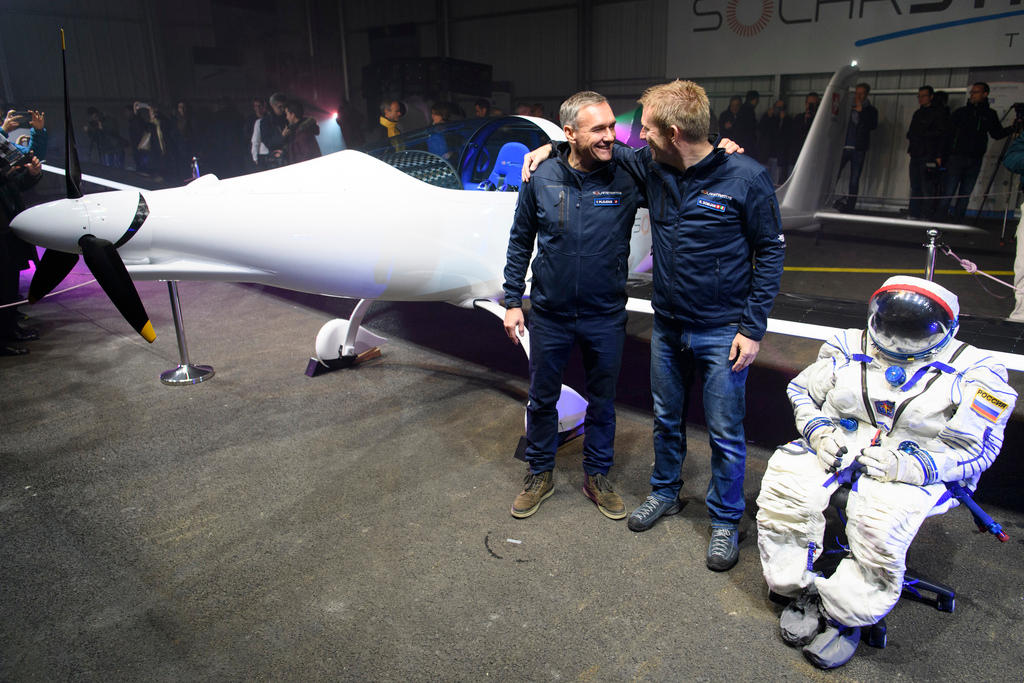

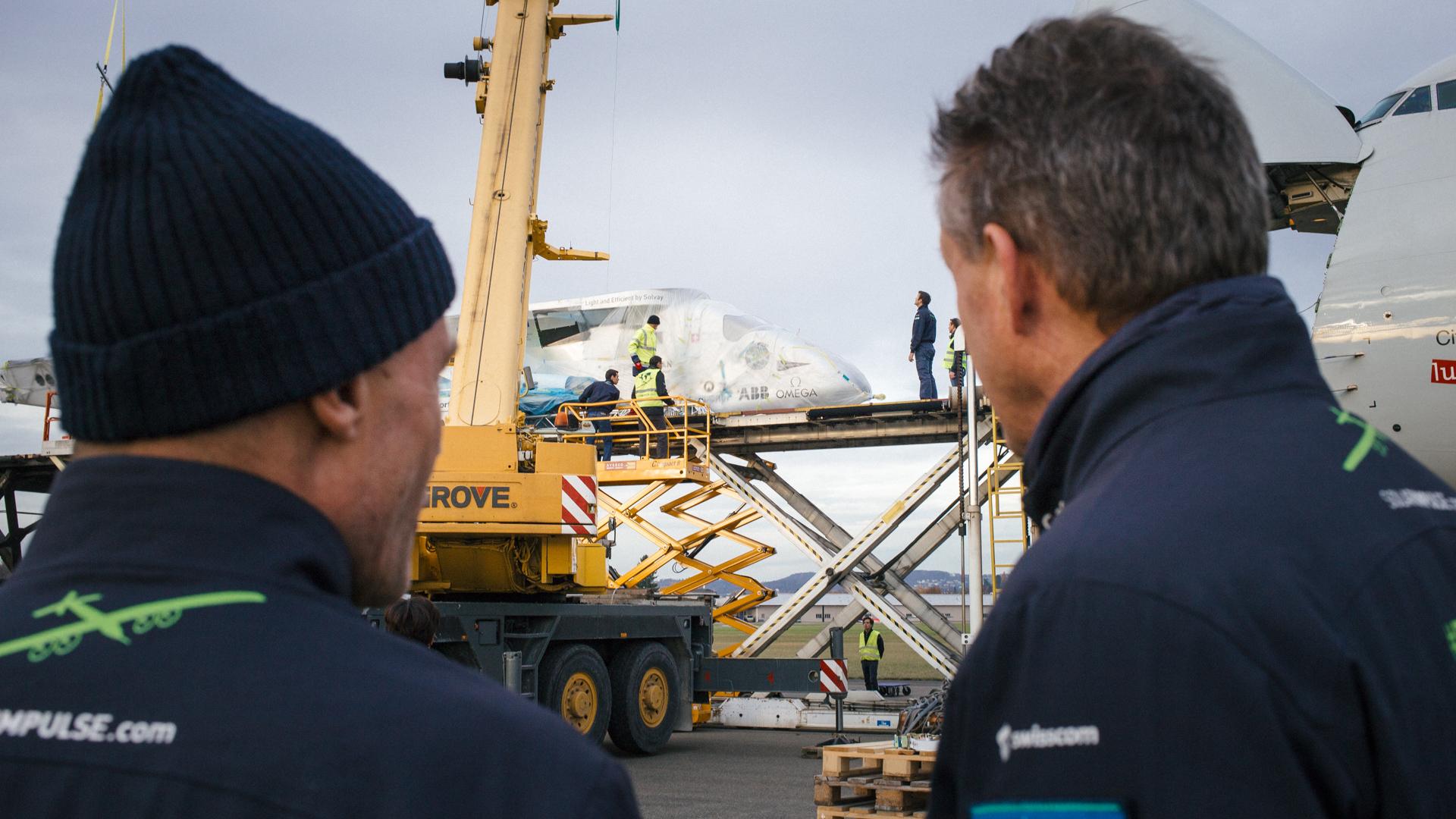
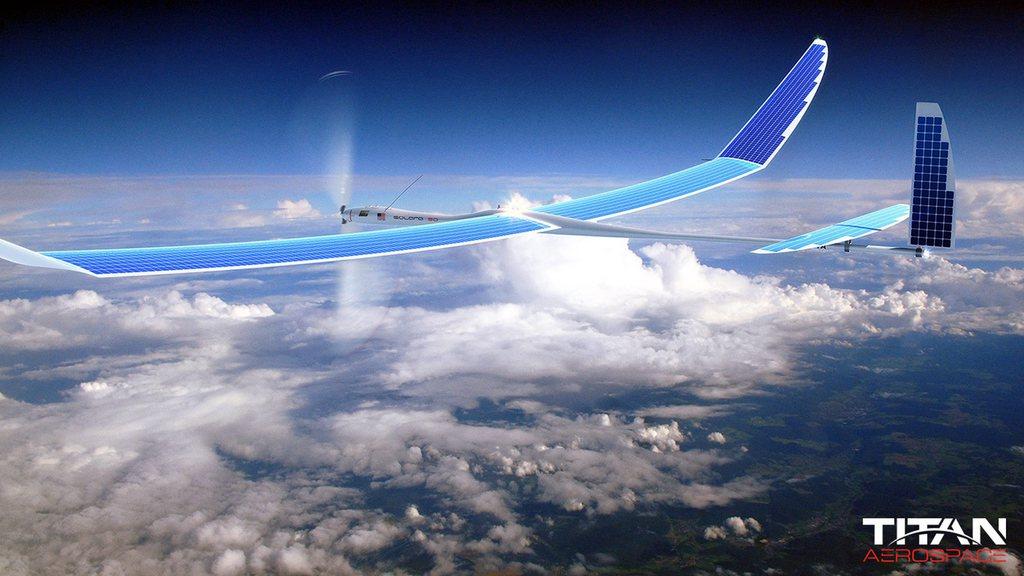
You can find an overview of ongoing debates with our journalists here. Please join us!
If you want to start a conversation about a topic raised in this article or want to report factual errors, email us at english@swissinfo.ch.